28 August 2013
The ancients built Valdrada on the shores of a lake, with houses all verandas one above the other, and high streets whose railed parapets look out over the water. Thus the traveler, arriving, sees two cities: one erect above the lake, and the other reflected, upside down. Nothing exists or happens in the one Valdrada that the other Valdrada does not repeat, because the city was so constructed that its every point would be reflected in its mirror, and the Valdrada down in the water contains not only all the flutings and juttings of the facades that rise above the lake, but also the rooms’ interiors with ceilings and floors, the perspective of the halls, the mirrors of the wardrobes.
Italo Calvino, Invisible Cities (chapter III: Cities and eyes, 1)
In 1957 Guy Debord drew up a new map of Paris in which its urban grid was deconstructed, broken up into a mosaic of irregular and iridescent tesserae. Naked City was the name of this “emotional” map, which lacked any realistic scale or objective reference to the city: Debord’s Paris is nude, stripped down and reassembled on the basis of subjective and sensory associations. It is composed of discontinuous fragments of the city’s plan, forming a set of urbanistic units that are separate or connected to one another by a system of arrows. According to Debord and the French situationists, in fact, the best way to enjoy a city is through the urban dérive or “drift”: losing yourself in the recesses of the metropolis, with no watch or predefined route, guided solely by visual, auditory and olfactory stimuli. A sort of metropolitan disorientation capable of showing us the city for what it really is.
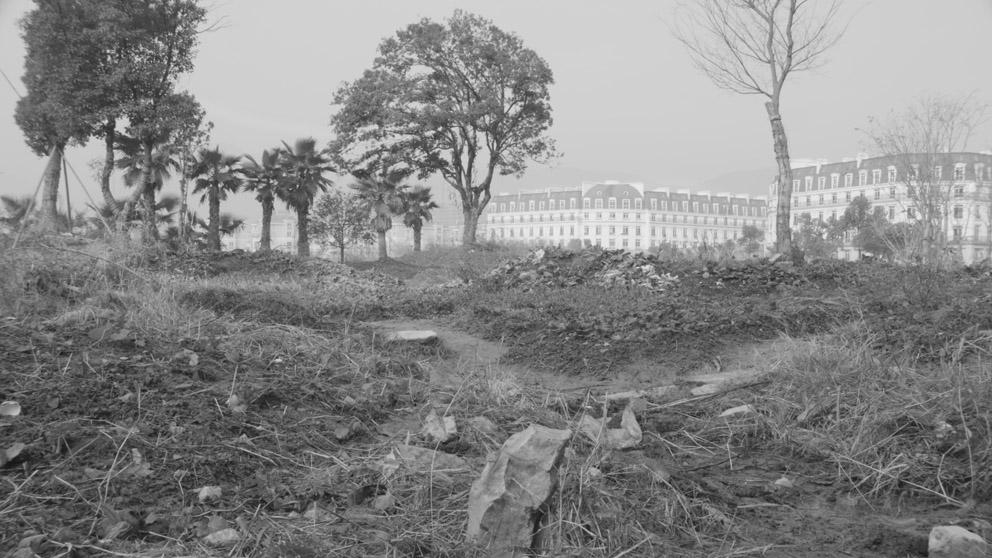
Jesper Just, Intercourses, 2013.
This is how I imagined Intercourses, the video installation created by Jesper Just for the Danish Pavilion: as a psychogeographic dérive through the streets of a semi-abandoned, mutable and highly irregular Paris. However, the city—true protagonist of the work—reveals an anomalous, jarring aspect: the Eiffel Tower stands amidst ruins and rubble, like a useless industrial remnant; the gray sky sits on top of a heavy, motionless air (very different from the clear sky of Paris, stirred by constant gusts of wind); a ring of ugly barracks-like buildings surrounds the lower Beaux-Arts-style apartment houses of the 8th arrondissement. What we see is not the real Paris but a replica of the city, constructed in the vicinity of Hangzhou, in China. And it is here, in the streets of this appendage of France on Chinese soil, through the squares and avenues of a metropolis as chimerical as it is real, that we follow the movements of three figures, whose course—made up of sudden urbanistic changes and emotional crossroads—recalls through and through a Debordian dérive.
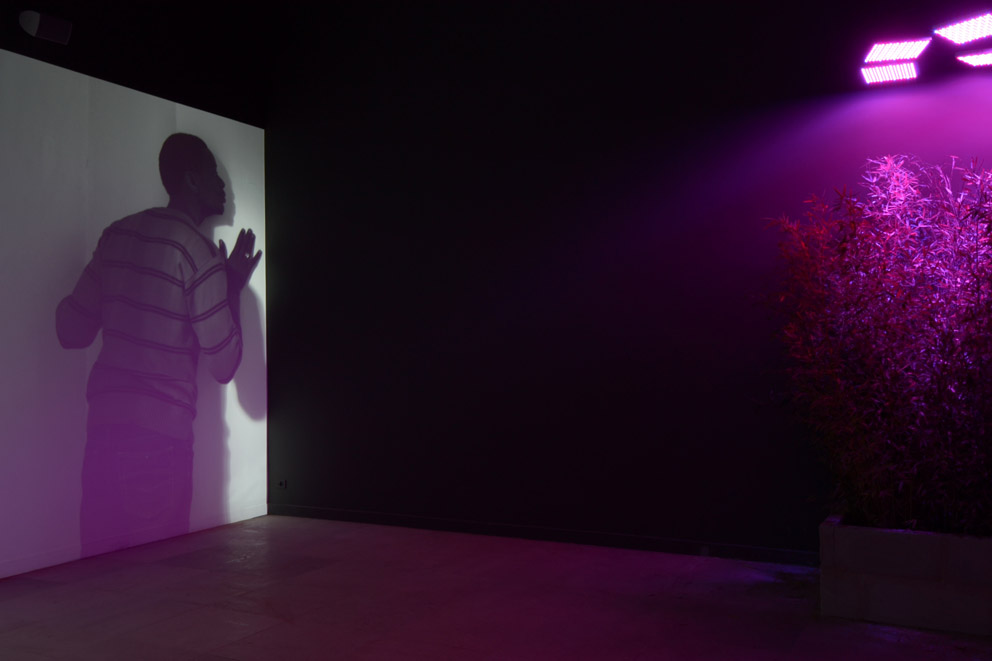
Jesper Just, Intercourses, 2013.
Intercourses signifies rapports, relations. It alludes to the mental and psychic connections between the protagonists of the video, able to communicate through the walls, buildings and spaces of the city. Inside the pavilion the artist has constructed dividing walls and barriers similar to those shown in the film; the narration unfolds on multiple screens, of various sizes—the points of view proliferate, the effect is immersive. A purplish, mysterious light illuminates some points of the exhibition space; visitors are invited to go on their own situationist stroll. As I conclude my own walk around the pavilion, I am reminded of the words of the French writer Georges Perec: “the world, no longer as a journey having constantly to be remade, not as a race without an end, a challenge having constantly to be met, not as the one pretext for a despairing acquisitiveness, nor as the illusion of a conquest, but as the rediscovery of a meaning, the perceiving that the earth is a form of writing, a geography of which we had forgotten that we ourselves are the authors.”
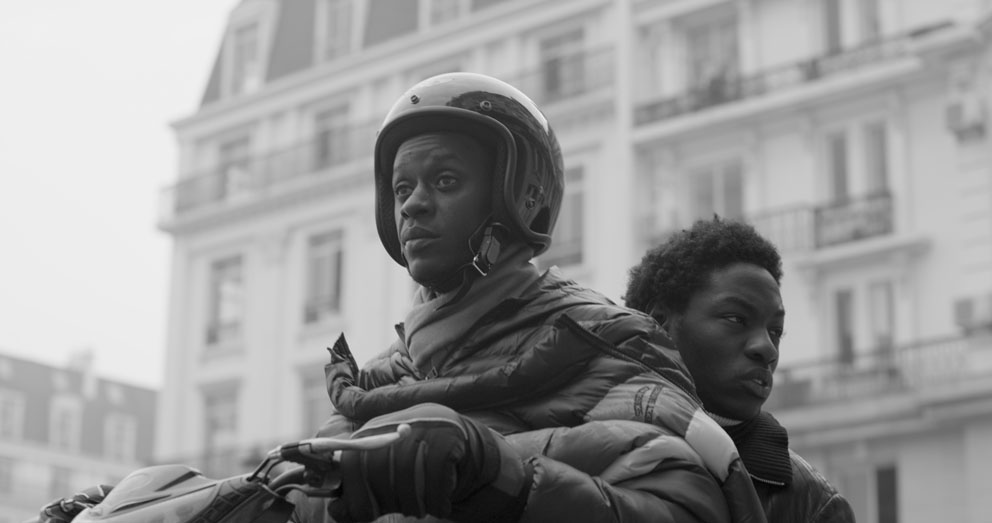
Jesper Just, Intercourses, 2013.
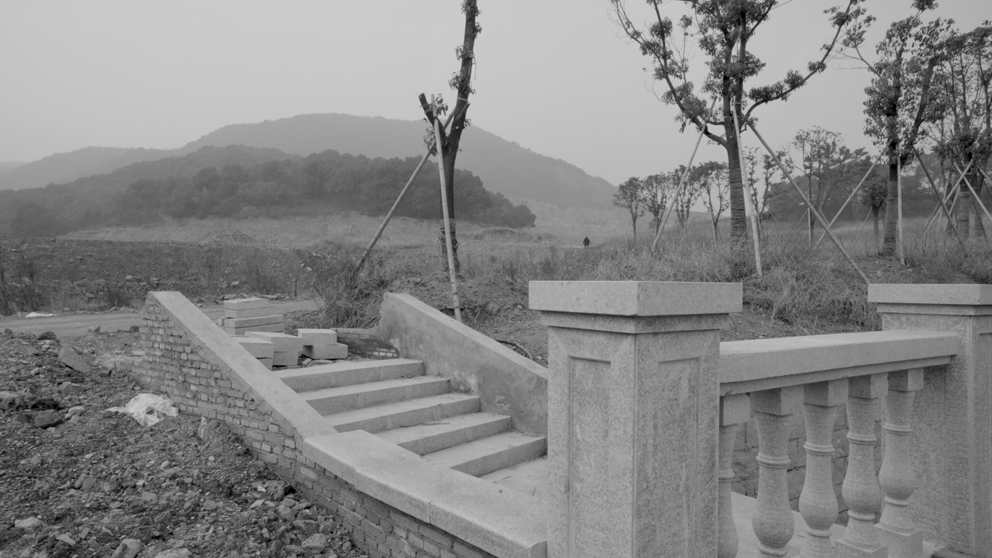
Jesper Just, Intercourses, 2013.
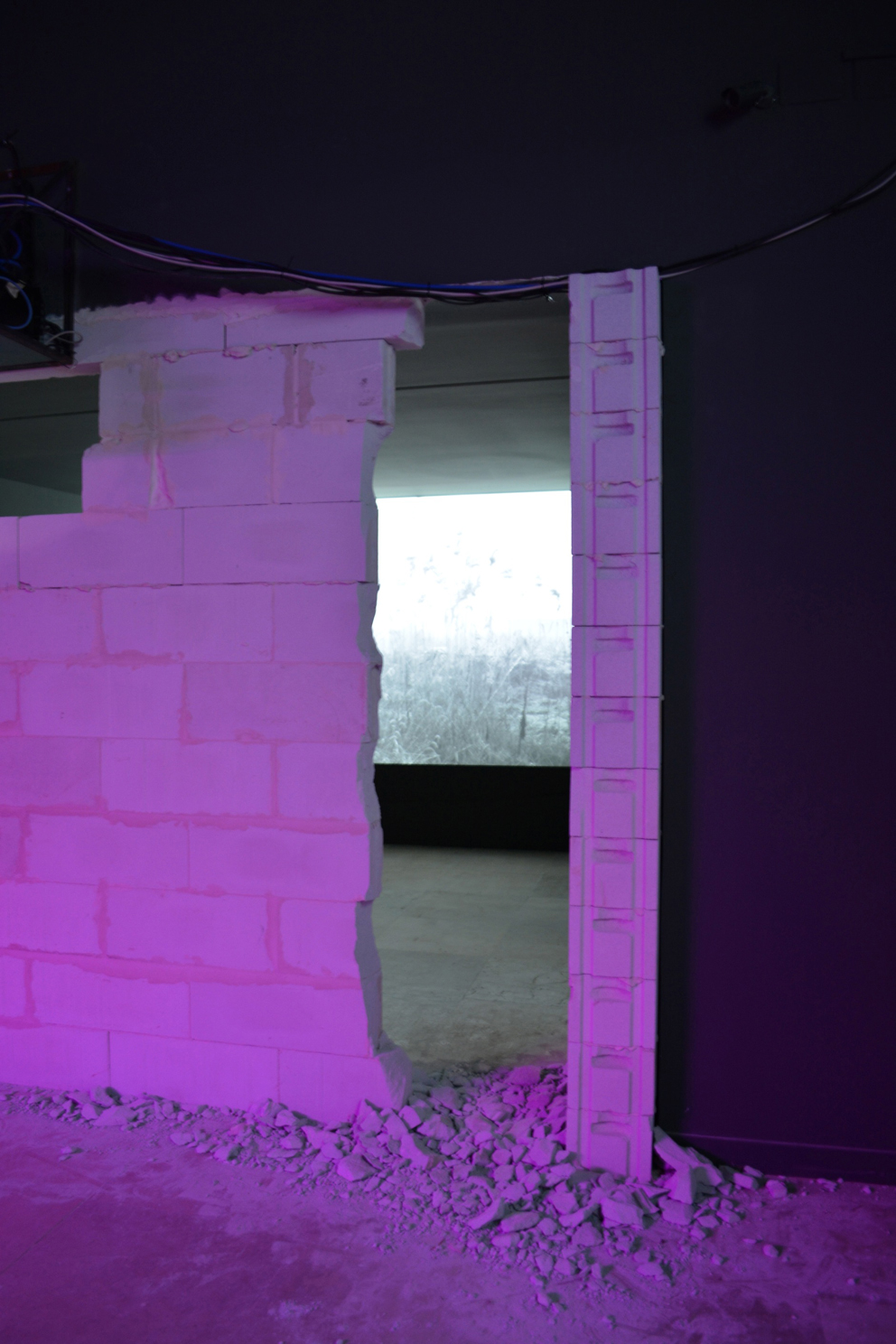
Jesper Just, Intercourses, 2013.
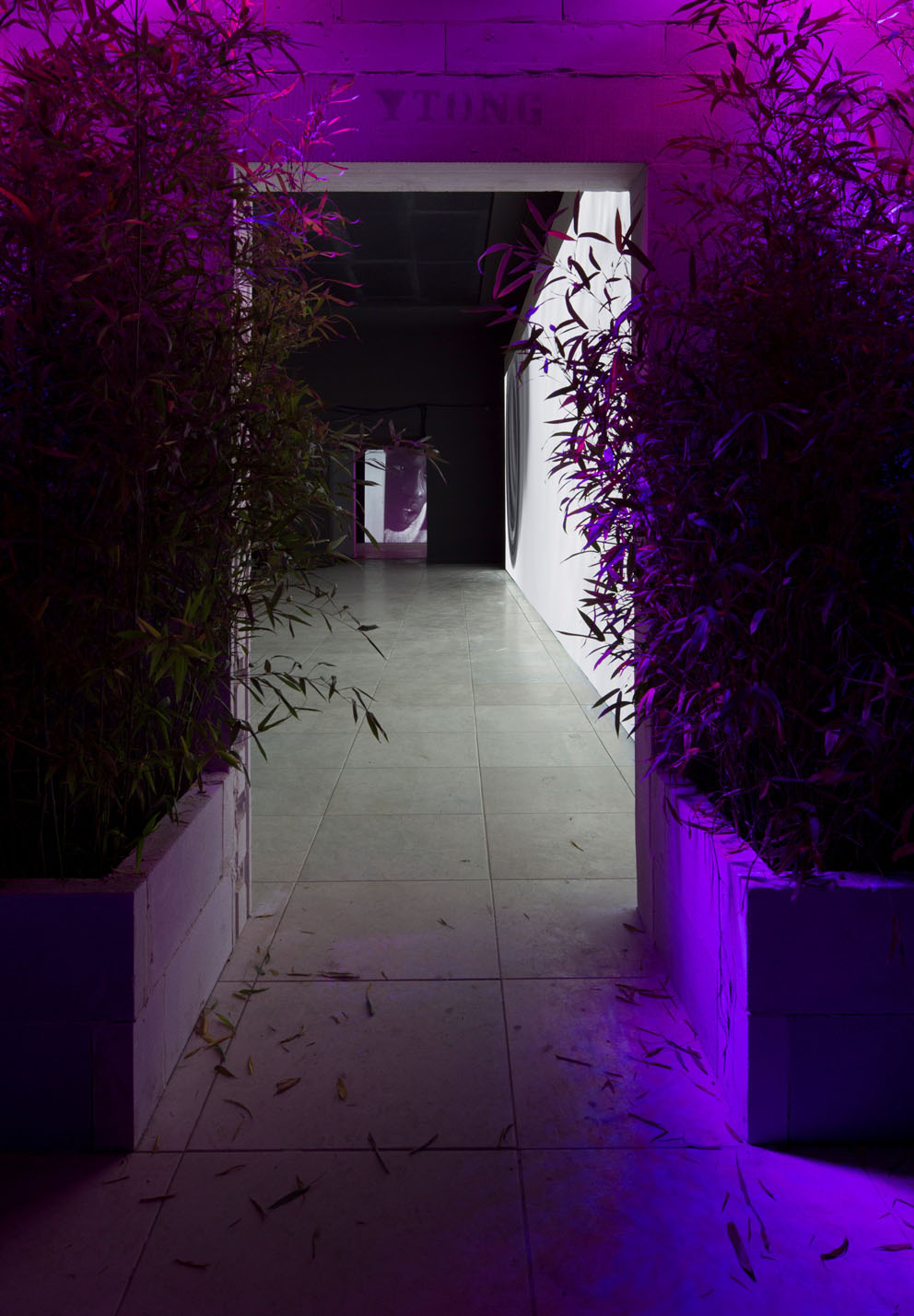
Jesper Just, Intercourses, 2013.
Follow Federico Florian on Google+, Facebook, Twitter.
By the same author:
ArtSlant Special Edition – Venice Biennale
Notes on ‘The Encyclopedic Palace’. A Venetian tour through the Biennale
The national pavilions. An artistic dérive from the material to the immaterial
The National Pavilions, Part II: Politics vs. Imagination
The Biennale collateral events: a few remarks around the stones of Venice